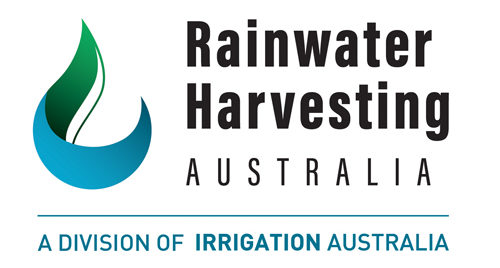While the southern states are still enjoying their winter, Queenslanders are already starting to see the first signs of spring. Before the heat returns it is time to do some basic maintenance around your Rainwater Harvesting system.
As climate change makes our summers hotter and longer, we are also exposed to added threats from the dual worries of drought and bushfires. Maintenance of your Rainwater Harvesting system will ensure two things:
- Maximise the quantity and quality of rainwater collected in your tanks
- Reduce one of the main causes of bushfire damage to homes – ember attack
Quantity and Quality
Your gutters can accumulate a variety of material even in areas where trees are some distance from the home. Leaf matter and other organic detritus can be blown onto roofs or even carried there by animals. There is also the opportunity for dust and other fines to settle in gutters, especially during periods of low rain intensity.
Any obstructions in your gutters can slow the flow rates through your gutters in heavier rain events, reducing the amount of rainwater collected and increasing the risk of overflow from gutters.
The other effect of accumulated matter in your gutters is to reduce the quality of water that is collected in your rainwater tank.
Clean and check the correct operation of your first flush diverters and all inlet strainer or filters as well. Non-functional first flush diverters and strainers or filters can have a negative effect on both quantity and quality of rainwater harvested.
Ember Attack
Every fire authority in the country issues a guide to preparing for the summer bushfire season. They all emphasise as a key part of a fire plan for each household the importance of cleaning gutters.
Gutters containing dry leaf matter make ideal fuel for an ember to cause a fire. Fire research has shown that ember attack causing fires in gutters are one of the major reasons for home being lost in bushfires. No fuel means no fire.
And please do not be complacent! Ember attack can occur many kilometres downwind from a bushfire.
Plugging downpipes on gutters and filling the gutters with water can be a consideration during a fire emergency.
Some FAQ’s about Rainwater Tanks and Bushfire Preparations
Q: Can we use the electric house or garden pump on our tank to fight a bushfire?
A: NO! There are two main reasons why an electric home or garden pump won’t work as a fire
pump:
- One of the first things you will lose in a fire event is mains electricity
- Even if you have a backup generator, the performance of even large home or garden pumps is highly unlikely to get near that needed for fire protection. Even a small fire pump needs to be able to deliver at least 100 litres per minute at a pressure of 500kPa. Even a large home pump will deliver less than half the flow rate and seldom at much more than 400kPa if that.
This application is most commonly satisfied by a nominal “5 hp” engine driven self priming pump. Petrol engine powered models are not only the most popular, they are lightest and lowest cost. Diesel powered units are more suited to permanent installations and will costs more.
Q: Can I use my rainwater for fire fighting?
A: Yes, but the volume required for fire protection is considerable, with flows of 100 litres per minute of more being required. You will need a large volume of water to be effective. If you are in South Australia, you should consult local regulations regarding residual water supply needs in fire prone areas which will effect the plumbing and sizing of your tank.
Q: What should I do if my roof gets fire bombed? Can I filter out the retardant?
A: While it is possible to filter out fire retardant, it is not practical. The most effective way forward is to drain and clean the tank, gutters and roof before starting to harvest rainwater again.
